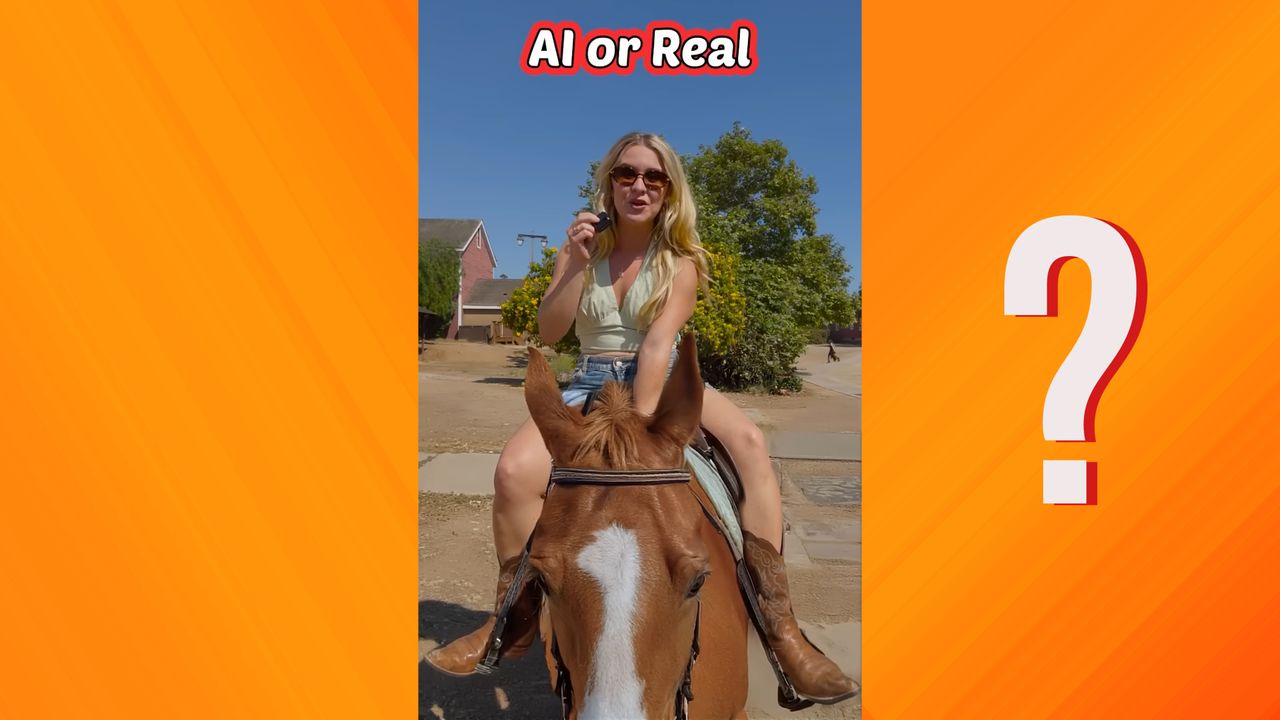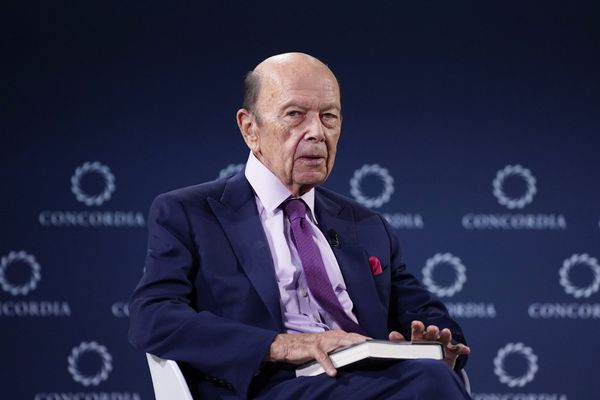
We all knew that AI-generated videos were coming, but I definitely wasn't prepared for how strikingly realistic these visuals are. In a recent viral video, YouTuber and Photoshop expert Madeline Salazar puts the internet's perception to the test by asking viewers to guess whether something on screen is real or AI-generated.
I know what you're thinking, "how could anyone not detect AI?", but it's actually a lot harder and not as obvious as you might expect. Throughout the video, Madeline sits and poses with various objects, including a horse and several wagons, as well as walking among chickens next to a coop.
It seems as if the video has been shot using one of the best camera phones, or possibly one of the best iPhones for photography - and everything in the frame looks extremely normal and realistic. I won't spoil the fun for you by giving any answers away, but admittedly, I got nearly all of them wrong. Watch the video below and let me know in the comments how you did.
In another video on her YouTube Channel, Madeline shares that she uses a combination of Adobe Photoshop’s Generative Fill, Kling, and Premiere Pro software to create her AI-infused short clips. Essentially, she uses Photoshop's generative fill to create a reference image as a starting point for the video, and another frame for the end, and then asks Kling AI 1.6 to propagate and fill in the video gaps.
The next step is to import the video into Adobe's Premiere Pro and make some clever tweaks to keep one part of the composite video intact while another part gets replaced with the original video element. Pretty cool, right? I think it's awesome how AI can be used to create content like this, however scary it may be to think that we can't believe what our own eyes tell us anymore.
If you want to start creating your own AI videos from existing images on your smartphone camera roll, then check out this deal with 40% off Adobe Creative Cloud Pro. Tools like Kling, or Google's Veo 3 can also do this in a matter of minutes, and the latest Honor 400 Pro smartphone is the very first handset to have this technology built directly into the phone's Gallery app.







